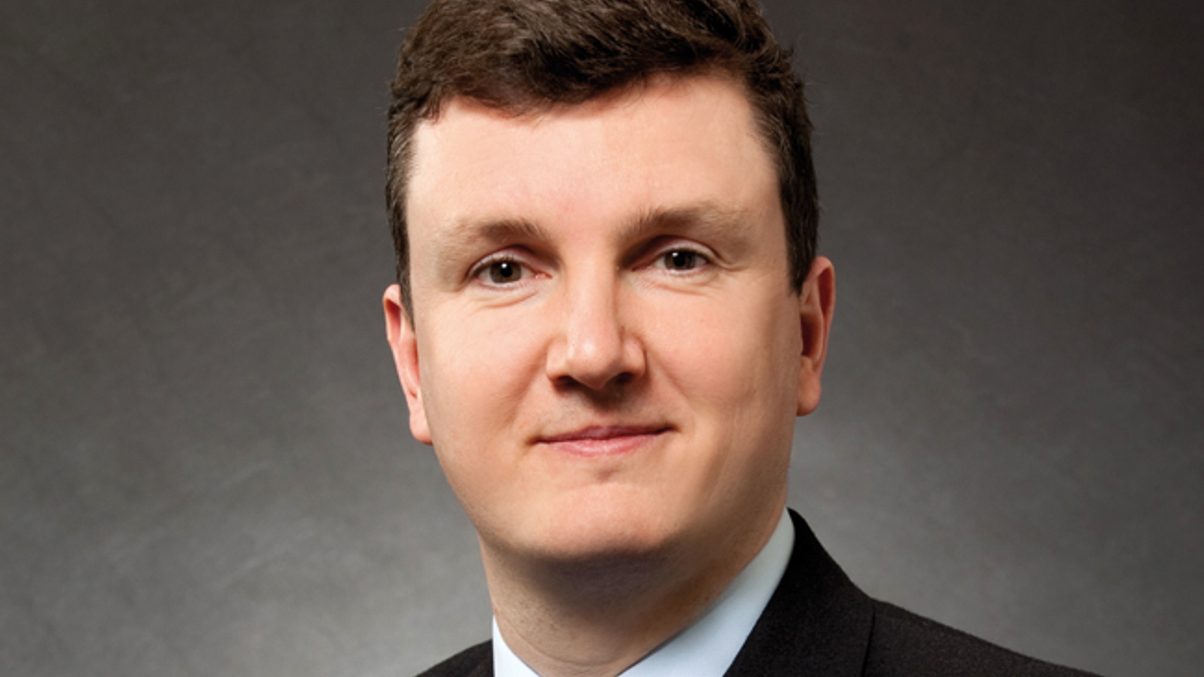Private bank, consumer clients diversifying into hedge funds
A systematic reduction in equity risk and macro uncertainty is driving wealthy and top-end retail clients into hedge funds and even more illiquid asset classes, says Citi Private Bank.

Private bank and top-end retail clients are showing increasing interest in hedge funds and even more illiquid asset classes as they await a macro catalyst to re-enter equity markets, says Roger Bacon of Citi Private Bank.
Sign In to Your Account
Access Exclusive AsianInvestor Content!
Please sign in to your subscription to unlock full access to our premium AI resources.
Free Registration & 7-Day Trial
Register now to enjoy a 7-day free trial—no registration fees required. Click the link to get started.
Note: This free trial is a one-time offer.
¬ Haymarket Media Limited. All rights reserved.


